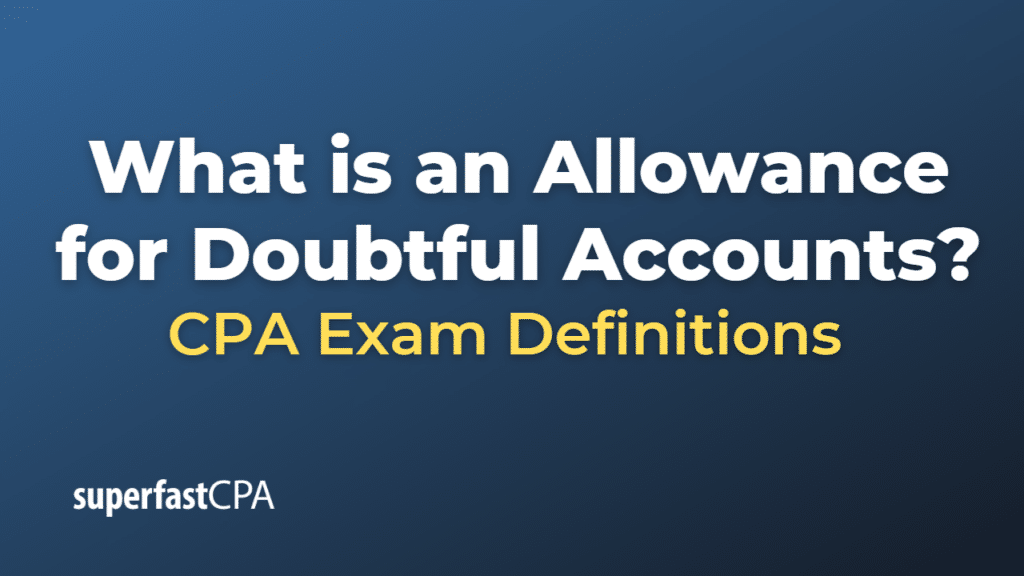Allowance for Doubtful Accounts
An allowance for doubtful accounts, also known as an allowance for bad debts, is a contra-asset account used to estimate the portion of a company’s receivables that may not be collected. This account is created as a reserve to cover potential losses from customers who fail to pay their outstanding balances. The balance in the allowance for doubtful accounts is subtracted from the total accounts receivable on the balance sheet to arrive at the net receivables.
The allowance for doubtful accounts is an estimation and can be calculated using the percentage of sales method or the accounts receivable aging method. The estimated uncollectible amount is recorded as bad debt expense on the income statement, and the allowance for doubtful accounts is credited on the balance sheet.
Example of an Allowance for Doubtful Accounts
Let’s consider a hypothetical example of a company, XYZ Ltd., that has accounts receivable of $500,000 as of December 31st, 2023. XYZ Ltd. estimates that 3% of their accounts receivable will not be collected.
To record the allowance for doubtful accounts, XYZ Ltd. would make the following journal entry:
Debit: Bad Debt Expense (Income Statement) $15,000 Credit: Allowance for Doubtful Accounts (Balance Sheet) $15,000
After this entry, the balance sheet of XYZ Ltd. on December 31st, 2023, would show:
Accounts Receivable: $500,000 Less: Allowance for Doubtful Accounts: -$15,000 Net Accounts Receivable: $485,000
So, XYZ Ltd. would report a net accounts receivable of $485,000 on its balance sheet, reflecting the company’s estimate that $15,000 of the total accounts receivable may not be collectible. This allowance helps the company to provide a more accurate picture of its financial position to stakeholders.













